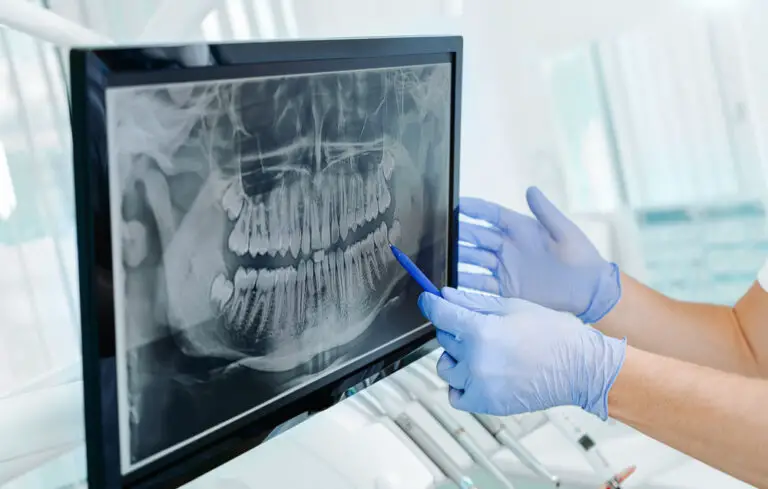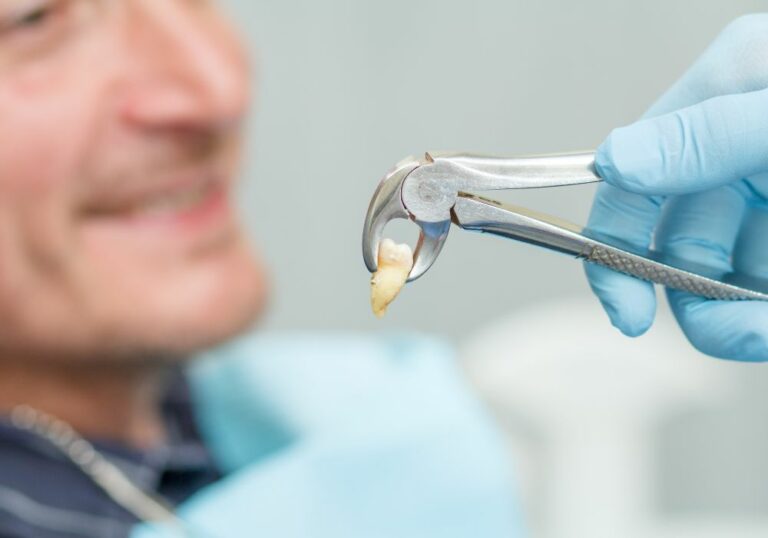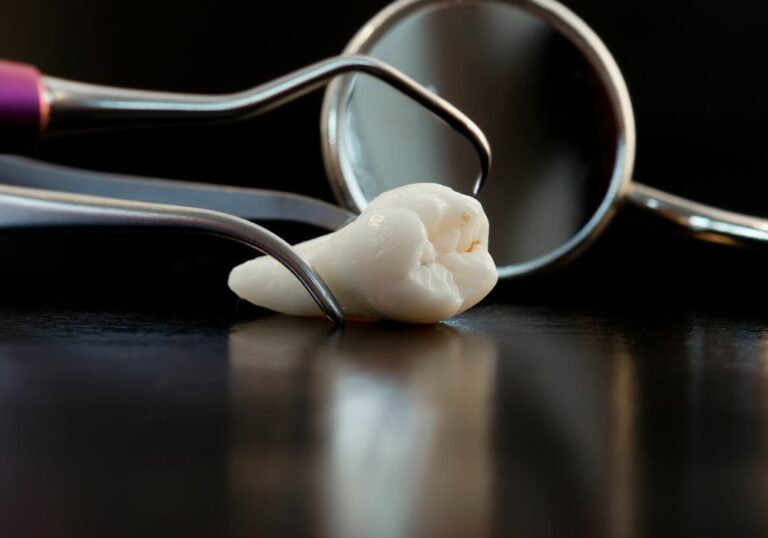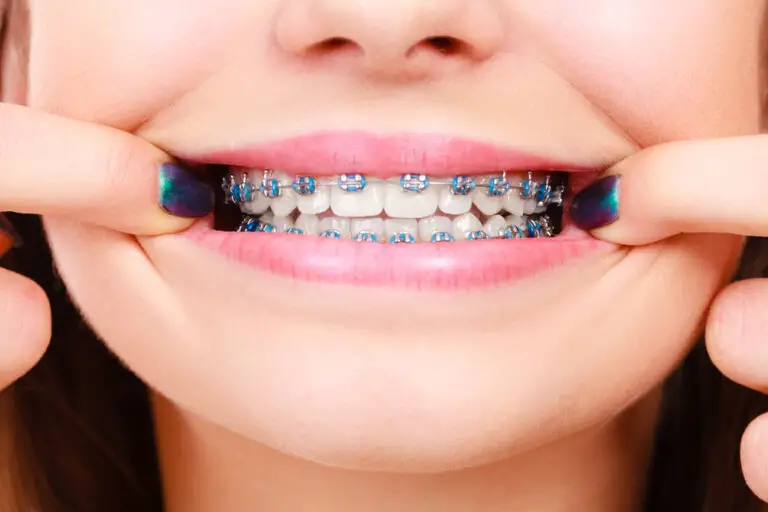Are you wondering how quickly your teeth can shift without a retainer? The answer is that it depends on several factors, including how long you’ve been wearing your retainer, how much your teeth have shifted during treatment, and how frequently you wear your retainer.
Orthodontic treatments can gradually shift your teeth because dental ligaments have some elasticity. However, that same elasticity is also to blame for relapse (teeth shifting) after treatment ends. Your teeth are attached to your jaw bone by periodontal ligaments. Without a retainer, your teeth may begin to shift back to their original position within a matter of weeks or even days.
It’s important to wear your retainer as directed by your orthodontist to prevent your teeth from shifting. In this article, we’ll explore how quickly teeth can shift without a retainer, what factors can influence the speed of shifting, and what you can do to prevent your teeth from shifting after orthodontic treatment.
Understanding Teeth Movement
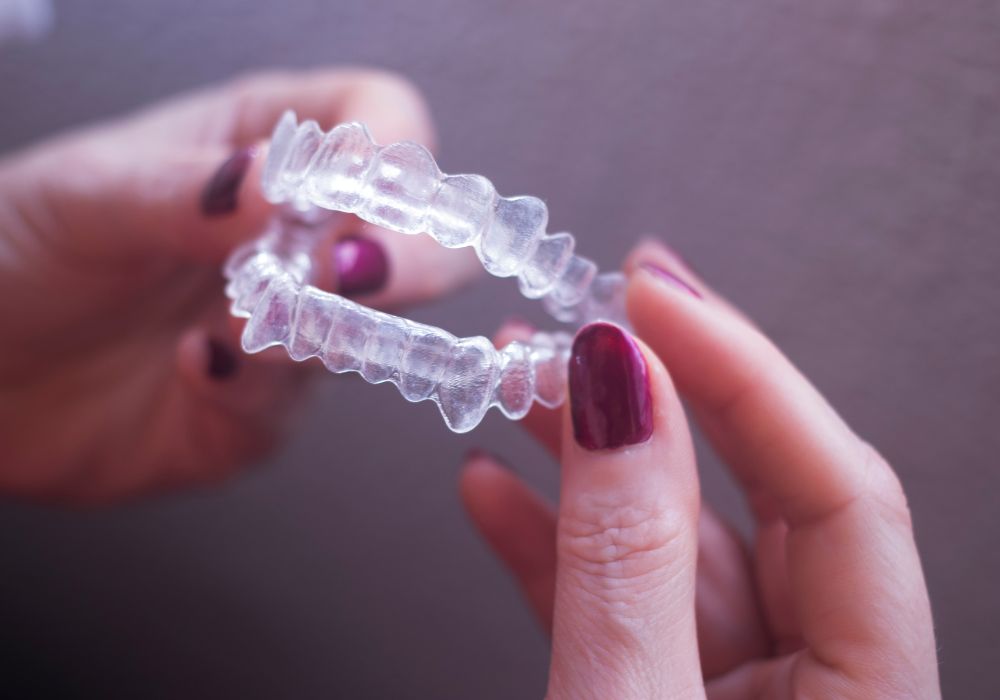
Teeth movement is a natural process that occurs throughout your life. Whether you have had orthodontic treatment or not, your teeth can shift over time. Understanding the biology of teeth movement and the factors that can affect it can help you maintain your oral health and prevent any unwanted changes in your smile.
Biology of Teeth Movement
Your teeth are held in place by a complex system of ligaments, muscles, and bones. These structures work together to keep your teeth stable and in the correct position. However, your teeth are not fixed in place and can move in response to various stimuli.
One of the main factors that can cause teeth movement is the pressure exerted on them. This pressure can come from a variety of sources, including:
- Biting and chewing
- Talking and making certain sounds
- Grinding or clenching your teeth
- Tongue or finger thrusting
- Trauma or injury to the mouth
When pressure is applied to your teeth, it can cause the ligaments that hold them in place to stretch or compress. Over time, this can lead to changes in tooth position and alignment.
Factors Affecting Teeth Movement
Several factors can affect how quickly your teeth move and how much they can shift. These factors include:
- Age: Younger people tend to experience faster teeth movement than older adults.
- Genetics: Some people are more prone to teeth movement due to their genetic makeup.
- Orthodontic treatment: If you have had braces or other orthodontic treatment, your teeth may be more susceptible to movement.
- Retainer use: Not wearing your retainer as directed can lead to unwanted teeth movement.
- Oral health: Poor oral health, including decay and gum disease, can weaken the ligaments that hold your teeth in place and contribute to teeth movement.
It is important to note that teeth movement can occur even if you have not had orthodontic treatment. Regular dental checkups and good oral hygiene habits can help you maintain your oral health and prevent any unwanted changes in your smile.
Role of Retainers
Retainers play a crucial role in maintaining the alignment of your teeth after orthodontic treatment. They are custom-made devices that fit over your teeth and help keep them in place. Here are some important things to know about retainers.
Function of Retainers
The primary function of retainers is to prevent your teeth from shifting back to their original positions. After orthodontic treatment, your teeth are more likely to shift because the ligaments and bones that hold them in place are not yet fully stabilized. Retainers help to keep your teeth in their new positions until the ligaments and bones have had time to adjust.
Retainers also help to maintain the shape of your jaw and prevent any unwanted changes. They can also help to correct minor relapses that may occur after orthodontic treatment.
Types of Retainers
There are two main types of retainers: fixed and removable. Fixed retainers are attached to the back of your teeth and are not visible. Removable retainers are made of plastic and are worn over your teeth.
Fixed retainers are usually recommended for the lower front teeth, which are more likely to shift after orthodontic treatment. They are also recommended for patients who have a high risk of relapse. Removable retainers are recommended for the upper teeth and are usually worn at night.
Here is a quick summary of the pros and cons of each type of retainer:
| Type of Retainer | Pros | Cons |
|---|---|---|
| Fixed | Effective at preventing relapse, not visible | Difficult to clean, can cause irritation |
| Removable | Easy to clean, comfortable | Less effective at preventing relapse, can be lost or broken |
In conclusion, retainers are an important part of orthodontic treatment. They help to maintain the alignment of your teeth and prevent any unwanted changes. Talk to your orthodontist about which type of retainer is best for you and how often you should wear it.
Effects of Not Wearing a Retainer

If you’ve recently completed your orthodontic treatment, it’s important to wear your retainer as directed by your orthodontist. Not wearing your retainer can lead to several undesirable effects, such as teeth shifting. Let’s take a closer look at the short-term and long-term effects of not wearing a retainer.
Short-Term Effects
If you forget to wear your retainer for a few days or even a week, your teeth may start to shift back to their original position. The length of time you have been in treatment and the severity of your case will affect how quickly your teeth will shift. However, it is always best to wear your retainer as prescribed by your orthodontist to avoid any shifting.
Long-Term Effects
If you continue to neglect wearing your retainer, your teeth may shift back to their original position permanently. This process is known as compression and resorption. Without a retainer, your ligaments will gradually move your teeth back to their previous positions after treatment ends. Your smile’s elastic memory isn’t the only element that can move your post-treatment smile.
In conclusion, not wearing your retainer can have both short-term and long-term effects on your teeth. It’s important to follow your orthodontist’s instructions and wear your retainer as directed to maintain your corrected bite and smile.
Preventing Teeth Shift
To prevent your teeth from shifting, it is important to take proper care of your teeth and maintain good oral hygiene. Here are some ways to prevent teeth shift:
Regular Use of Retainers
Wearing your retainer as directed by your orthodontist is key to preventing teeth shift. Your orthodontist will advise you on how often and how long you should wear your retainer to maintain the position of your teeth.
If you have lost your retainer, it is important to get a replacement as soon as possible. You can contact your orthodontist to order a new one or order a custom teeth retainer online.
Professional Dental Care
Regular dental checkups and professional cleaning are important to maintain good oral health and prevent teeth shift. Your dentist will examine your teeth and gums to ensure they are healthy and identify any potential issues that may cause teeth shift.
If you have any dental issues such as gum disease or tooth decay, it is important to get them treated as soon as possible to prevent teeth shift.
In addition to regular dental checkups, it is important to practice good oral hygiene by brushing your teeth twice a day, flossing daily, and using mouthwash. This will help prevent tooth decay and gum disease, which can lead to teeth shift.
By following these tips, you can prevent teeth shift and maintain a healthy and beautiful smile.
Alternative Solutions
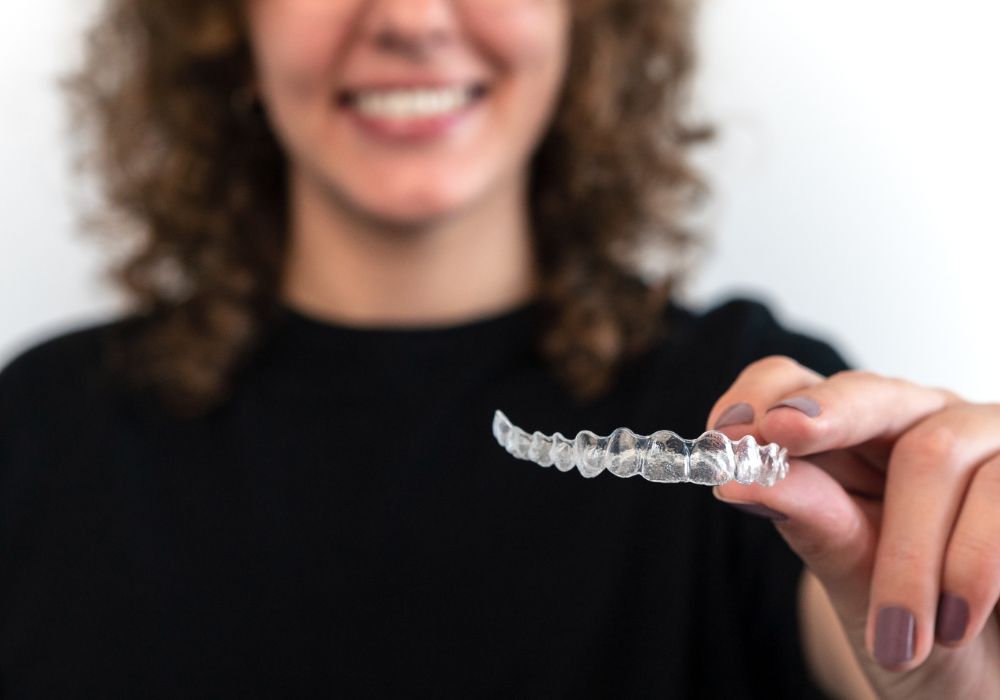
If you’ve lost your retainer or stopped wearing it, there are alternative solutions to keep your teeth straight. Here are some options:
Orthodontic Treatments
If your teeth have shifted significantly, you may need orthodontic treatment to correct them. Here are some common orthodontic treatments:
- Braces: Braces are the most common orthodontic treatment. They consist of metal or ceramic brackets that are attached to your teeth and connected by wires. Braces apply constant pressure to your teeth, gradually moving them into the correct position.
- Clear Aligners: Clear aligners are a popular alternative to braces. They consist of a series of clear plastic trays that fit over your teeth. Each tray is slightly different, gradually shifting your teeth into the correct position.
Surgical Interventions
In some cases, you may need surgical intervention to correct your teeth. Here are some common surgical interventions:
- Orthognathic Surgery: Orthognathic surgery is a type of jaw surgery that can correct misaligned jaws and improve your bite. This surgery is usually done in conjunction with orthodontic treatment.
- Gum Contouring: If your teeth have shifted due to gum recession, gum contouring may be an option. This procedure involves removing excess gum tissue to expose more of your teeth.
Remember, the best way to keep your teeth straight is to wear your retainer as directed by your orthodontist. If you’ve lost your retainer or stopped wearing it, talk to your orthodontist about your options.
Frequently Asked Questions
How long can I go without wearing my retainer before my teeth start shifting?
It depends on how long you have been wearing your retainer and how much your teeth have shifted. Generally, if you have been wearing your retainer consistently for a few months or more, you can go a few days or even a week without wearing it before your teeth start shifting. However, if you have not been wearing your retainer regularly, your teeth may start shifting within a few hours or days.
Can wearing a retainer only at night prevent teeth from shifting?
Wearing a retainer only at night can help prevent teeth from shifting, but it may not be enough for everyone. If you have been wearing your retainer consistently for a few months or more, wearing it only at night may be enough to maintain your teeth’s position. However, if you have not been wearing your retainer regularly, you may need to wear it for longer periods during the day.
What can I do if I haven’t worn my retainer for months and my teeth have shifted?
If you haven’t worn your retainer for months and your teeth have shifted, you should schedule an appointment with your orthodontist as soon as possible. Your orthodontist may recommend wearing a new retainer or even getting braces again to correct the shifting.
Is it possible for teeth to shift overnight without a retainer?
Yes, it is possible for teeth to shift overnight without a retainer. Teeth are constantly shifting and moving, and without a retainer to hold them in place, they can quickly shift back to their original position.
How quickly can teeth shift with Invisalign?
Teeth can shift quickly with Invisalign, but it depends on the individual case. Invisalign aligners are designed to gradually shift teeth over time, so the speed of the shift will depend on the severity of the misalignment and how long the aligners are worn each day.
Why do teeth move so quickly without a retainer?
Teeth move quickly without a retainer because the ligaments that hold them in place are elastic and can easily shift back to their original position. Without a retainer to hold them in place, teeth can quickly shift back to their original position, undoing months or even years of orthodontic treatment.


